Bob Seger was on top of the rock world in late 1976-77. His most recent studio album, Night Moves, his first with the Silver Bullet Band, had made the Top 10—his first real hit LP after years of toiling—and was on its way to achieving multi-platinum status. His Live Bullet of the previous year was also faring well, and it too would eventually reach platinum status.
This writer always tried to catch Seger for an update when he passed through L.A. Beverly Hills, where he liked to stay while in town, is a long way from his hometown of Detroit. I asked Seger one time how he liked Detroit as a musical/creative environment. “That’s where my friends are. That’s where my family is. Detroit is where I get the news. I’ve been to every restaurant in Detroit.
“I don’t know if I could look that deep and say my lyrics or the music reflect Detroit,” he continued. “Everywhere else I only see the inside of hotels and concert halls. I like the lifestyle of Detroit, the Motor City madness.”
Seger, born May 6, 1945, had been a Midwest legend for years before he broke nationally. Detroit and its venue Cobo Hall were well represented on the live set.
“They are the best audience in the world,” Seger said at the time about his local fans. “We could always headline in the Midwest years back. I even did a stadium show last year. Detroit audiences are the best to play for, but the toughest to please.”
The emergence of FM radio in the late ’60s had been Seger’s lifeline to survival. “Some good tunes start on the FM band and cross over to AM radio,” he said when we caught up in the late ’70s. “People like myself, Bruce Springsteen, Graham Parker, Mink DeVille, Southside Johnny and Frankie Miller can be heard on the radio.”
With Stranger In Town, his 1978 followup to Night Moves, Seger and the Silver Bullet Band broke new territory. Not a concept album or themed project, it tackled topics other than roadwork, romance and partying.
“I’ve written the first ballad I’ve ever done,” he said proudly. “And when I say ballad, I mean a real slow song. You have to strive to break new turf. There’s a song on the new album, ‘Feel Like a Number’, which is about alienation. And the title track is about fear and alter ego. ‘Brave Strangers’ is about the end of a relationship. It’s a motif I’ve never done before. It was a challenge. We’re knocked out by the tune and have been playing it in our show the last two months.
“There’s a line in ‘Brave Strangers,’” he continued: “‘Radio blasting silly little love songs, we only listen to the beat.’ And that’s the key line to that song. That’s the way it was back then. I write songs and want them to translate to the stage. When I write now, I tend to think about important things, things that still excite me. ‘Night Moves’ was about youthful passion and the danger of letting that slip away. My songs are autobiographically rooted ’cause I’m not writing hypothetically. You work on a theme. Sometimes it’s external, commenting about society. When you write a song that means a lot to you, you can put down 50 verses and pick the best ones. If you write fiction, it’s a lot tougher to write it.”
Live Bullet probably remains the best introduction to Seger as a live performer. Its versions of “Beautiful Loser” and “Travelin’ Man” are classic gritty Seger. “That night we played well,” he recalled. “We were able to take more chances and work harder. I liked the idea of bringing in the audience and getting them involved.
Related: Our Album Rewind of Live Bullet
“We cut Live Bullet in our hometown,” he continued. “The people have heard the songs thousands of times. Sometimes you get careful in the studio and you can stretch out during a live performance. You take risks. There’s a big influence of James Brown in the Silver Bullet Band,” he continued. “I used to see his shows years ago and modeled myself after him. He moves so well.”
When Seger had played the Whisky a Go Go in L.A. in 1973, he seemed clumsy and awkward handling the lead guitar chores as well as the vocals. Shortly afterward, he dropped his axe and concentrated on singing.
“A weight was lifted from my shoulder when I stopped playing lead guitarist,” he said. “I started developing as a singer and concentrated on the performance aspect of my career.”
His move from Warner Bros. Records to Capitol in 1975 had proven the boost he needed to take his career into high gear. There had been several years between top 30 singles (1968’s “Ramblin’ Gamblin’ Man” to 1976’s “Night Moves”).
“One time I quit and even enrolled in college for about six weeks,” Seger recalled. “It was after the Noah album in 1969. It resulted from having a big national hit with ‘Ramblin’ Gamblin’ Man’ and no followup. It was a simple loss of confidence. But I came back and stuck with it.”
I wondered if financial reward and/or chart success made it easier or tougher for Seger to prepare for Stranger In Town.
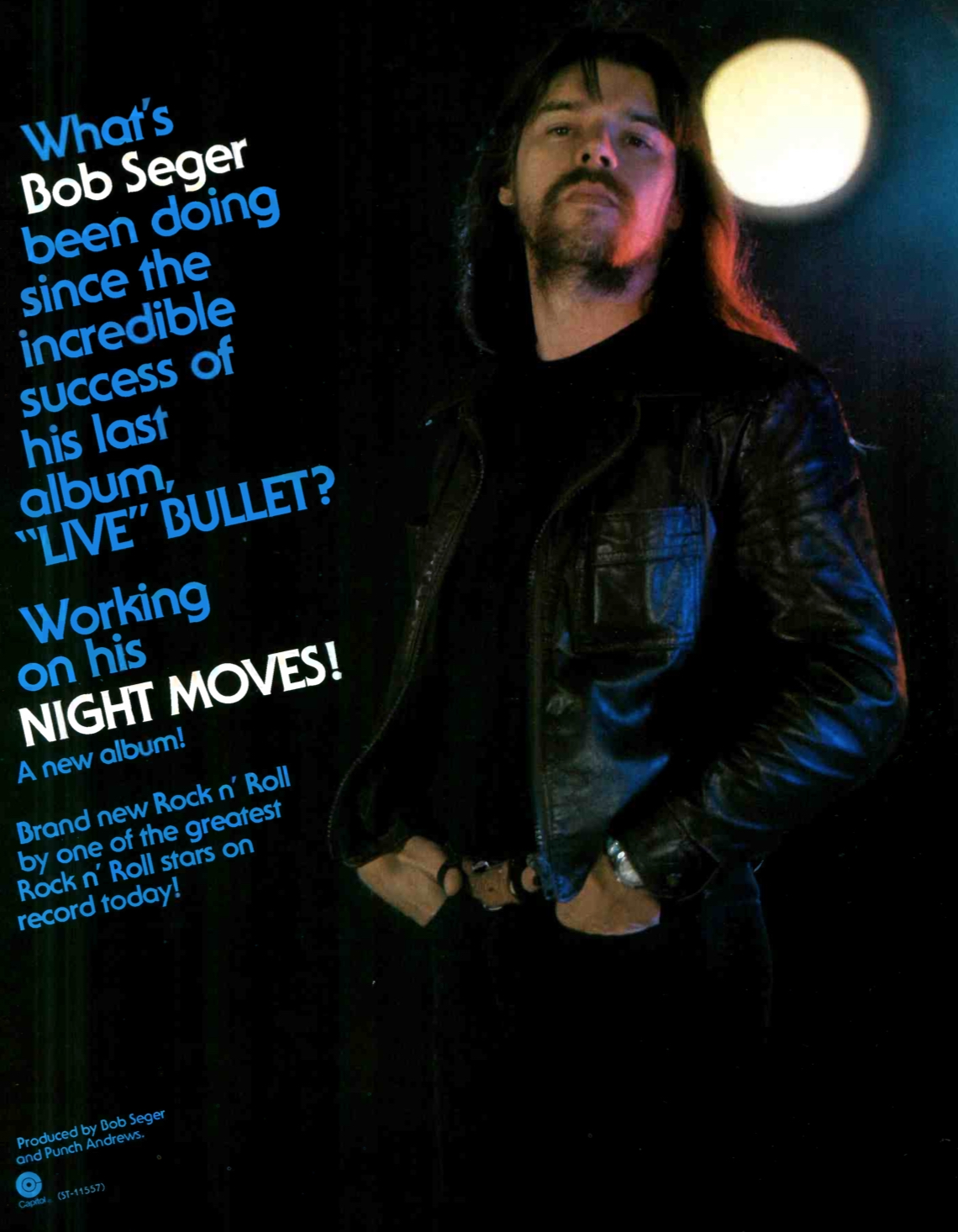
This ad for Seger’s Night Moves album appeared in the Nov. 6, 1976 issue of Record World
“I’ve always made music. It’s what I enjoy, whether making money or not,” he said. “I’ve been doing it for 15 years and successfully for the last three. The main thing money will buy for me is privacy. I was able to pay off all my debts and my house is paid for.
“There’s no guarantee something will happen when you sit down to write a song. It’s the most frustrating thing in the world. You look at a blank sheet of paper and you have to fill it up. The major differences in my songwriting now, as opposed to three or four years back, is if I really like a certain song, I’ll work on that song really hard. I used to write a million songs, but I would put the same amount of effort into each one. That’s the only thing that’s changed. If I’m really committed to a song, I’ll work and work on it until it just can’t be improved, and that’s what I did on ‘Night Moves.’”
Seger credited a Bruce Springsteen concert he saw in 1975 with giving him the confidence to polish the new songs he was working on at the time. “I had already written part of the Night Moves album and the [Springsteen] performance was an extra incentive to finish the rest of the tunes,” Seger said. “I locked myself in a room for two weeks and finished the album. It was easier for me to finish up Night Moves when I heard Born to Run. Something signaled that I wasn’t alone anymore; there’s someone else who thinks like I think. The movie American Graffiti triggered another response and made me think back to when I was a teenager.
“I have a bond with the ’50s as opposed to the ’60s,” he continued. “A lot of our big successes now—Fleetwood Mac and the Eagles—are basically influenced by the ’60s. A lot of the punk rock groups touch the primal attitude of ’50s rock music. I play very directly to my audience and need energy feedback from them. This seems to be a parallel to the new wave and their audience.”
What’s all the more likable about Seger is that after the hits he remains just as accessible, with an ear to the street.
“When you close yourself, you lose all contact,” he said. “You have to meet your audience. I have nothing to hide—it’s all in the grooves.”
Watch Seger and the Silver Bullet Band perform “Still the Same” in 1978
Seger’s recordings are available here. Author and music journalist Harvey Kubernik’s books are available in the U.S. here and in the U.K. here.

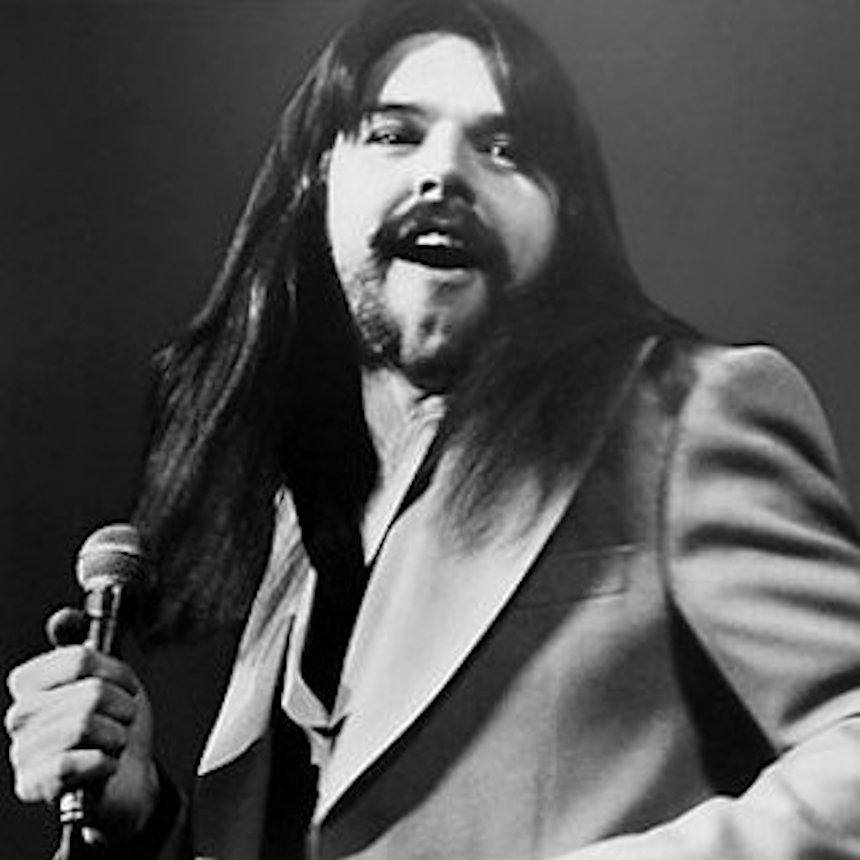
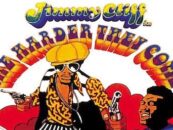
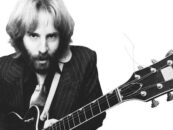

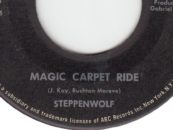

No Comments so far
Jump into a conversationNo Comments Yet!
You can be the one to start a conversation.